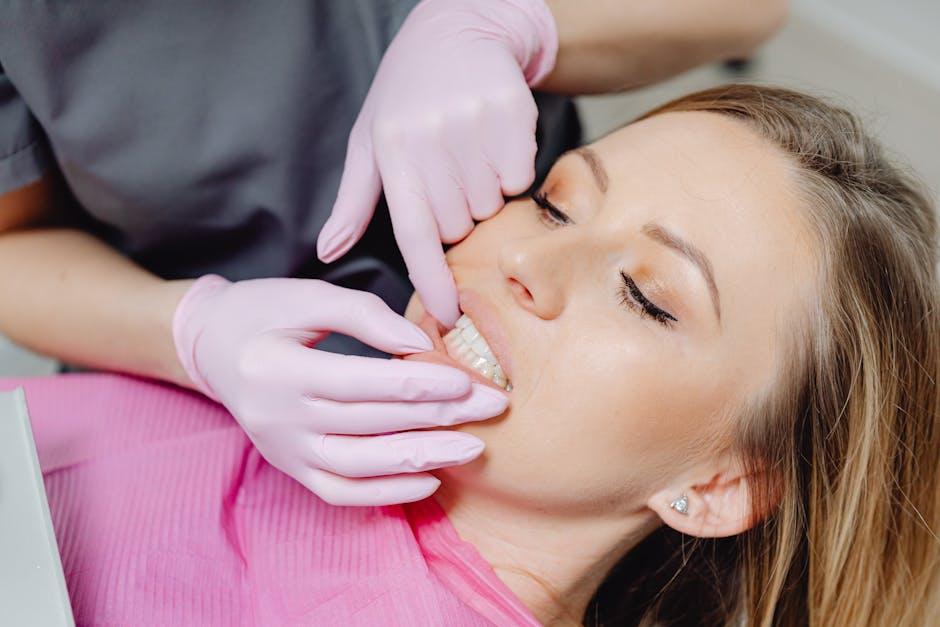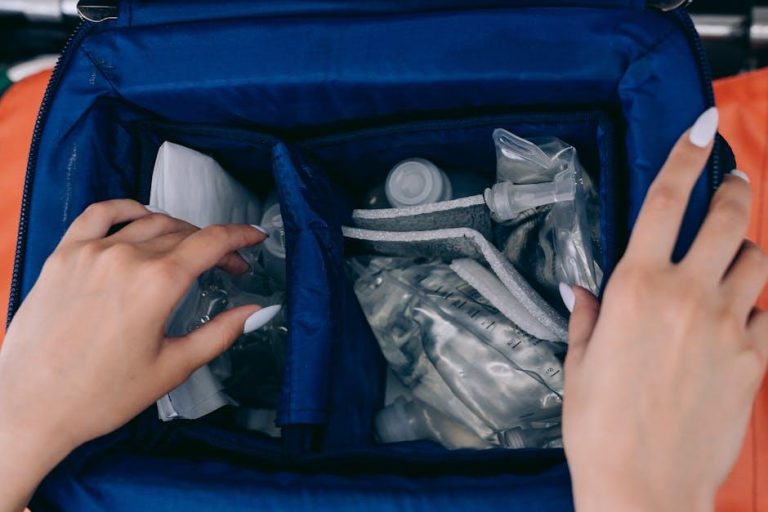
Nevada Healthcare Access Act Proposes New Dental Hygienist Training Pathway, Sparks Debate – KSNV
The ongoing effort to improve healthcare accessibility in Nevada has taken a new turn with the recent introduction of the Nevada Healthcare Access Act. Central to this legislation is a proposed new training pathway targeted at dental hygienists. This pathway aims to alleviate the shortage of oral healthcare providers, especially in underserved communities, but has ignited debates among industry professionals and policymakers alike.
Introduction: Understanding the Nevada Healthcare Access Act
The Nevada Healthcare Access Act, as reported by KSNV, is a comprehensive legislative initiative designed to address Nevada’s healthcare professional shortages through expanded training programs. A key component of this act is to create a streamlined and alternative training pathway for dental hygienists, which would complement existing education programs and potentially expand the workforce faster.
While the aim is to improve dental care access and affordability, the proposal has sparked vigorous debate regarding its impact on educational standards, workforce readiness, and patient safety.
The Proposed Dental Hygienist Training Pathway: What Does It Entail?
The new pathway would allow aspiring dental hygienists to complete a condensed curriculum focusing on essential practical skills and community health outreach. This alternative training is designed to address some challenges inherent in the current educational system, such as:
- High cost of traditional dental hygiene programs.
- Lengthy degree requirements that limit workforce entry.
- Lack of training programs in rural or underserved Nevada counties.
Under the act, graduates of this pathway would qualify for licensing with potential scope-of-practice adjustments to better target community needs.
Benefits of the New Training Pathway
- Faster workforce entry: Shorter programs enable quicker certification and deployment.
- Lower education costs: Affordable training reduces financial barriers for candidates.
- Improved rural dental care: More hygienists in underserved areas can reduce oral health disparities.
- Enhanced community focus: Training emphasizes preventive care and public health initiatives.
Key Features of the Proposed Training
| Feature | Current Pathway | Proposed Pathway |
|---|---|---|
| Program Length | Approximately 2 years (Associate Degree) | 12 to 18 months condensed course |
| Curriculum Focus | Comprehensive clinical and theoretical | Emphasis on clinical skills & community health |
| Cost | Higher tuition and fees | Reduced tuition with state support |
| Licensing Eligibility | Standard dental hygienist license | Conditional license with scope limitations |
Debate and Concerns Surrounding the Act
The new pathway has met resistance from some dental associations and educators who argue that it could compromise quality and patient safety. Their concerns include:
- Reduced educational rigor: Shorter programs might not fully prepare hygienists for complex clinical scenarios.
- Professional standards: Risk of lowering state-wide dental hygiene practice quality.
- Impact on existing schools: Traditional programs could face enrollment drops, impacting funding and quality.
- Licensing confusion: New conditional licenses might complicate workforce regulations.
The debate is further underscored by differing perspectives between policymakers focused on immediate access improvements and professional bodies emphasizing long-term quality.
Case Study: Impact of Alternative Training Pathways in Other States
Several states have experimented with alternative dental hygienist training models to address workforce shortages. For example:
- California: Implemented expanded practice dental hygienists with targeted community service requirements, resulting in improved rural care accessibility.
- Colorado: Introduced fast-track training programs with oversight to ensure educational standards, successfully increasing the hygienist workforce by 15% over five years.
These examples highlight that while alternative pathways can be beneficial, strong regulation and quality assurance are critical for success.
Practical Tips for Aspiring Dental Hygienists in Nevada
If you’re interested in pursuing the new training pathway or are currently in dental hygiene education, consider the following:
- Stay informed: Follow legislative updates on the Nevada Healthcare Access Act and licensing regulations.
- Evaluate programs carefully: Assess schools and pathways for accreditation, curriculum, and clinical opportunities.
- Consider location: Training in or near underserved areas could increase job prospects.
- Prepare for licensing exams: Regardless of pathway, strong knowledge and clinical competence are essential.
Conclusion: Balancing Access and Quality in Nevada’s Dental Care Future
The Nevada Healthcare Access Act’s proposed dental hygienist training pathway is a bold step toward improving healthcare access, especially in underserved communities. While the accelerated pathway offers promising solutions to workforce shortages and cost barriers, it also raises valid concerns about education quality and patient safety.
As the debate continues, it is crucial for stakeholders—including educators, healthcare professionals, policymakers, and the public—to collaborate and ensure that Nevada’s dental care system evolves to be accessible, affordable, and of the highest quality. The future of dental hygiene in Nevada hinges on striking the right balance between innovation in training and the preservation of professional standards.
For ongoing updates on this story and more healthcare news, stay tuned to KSNV.


